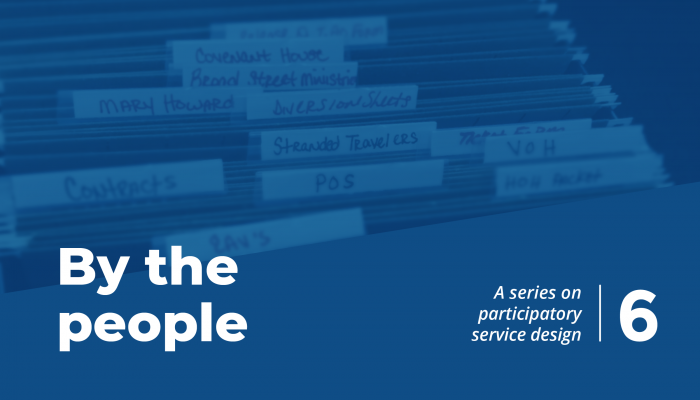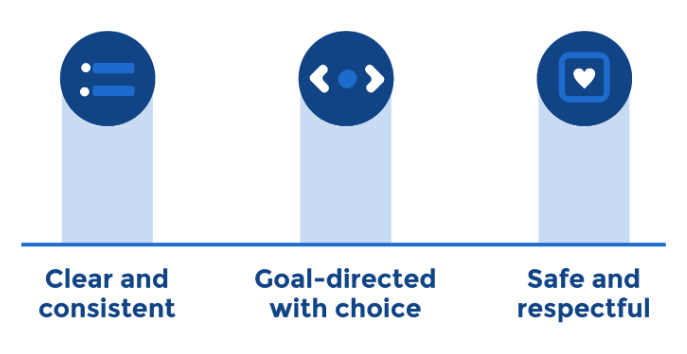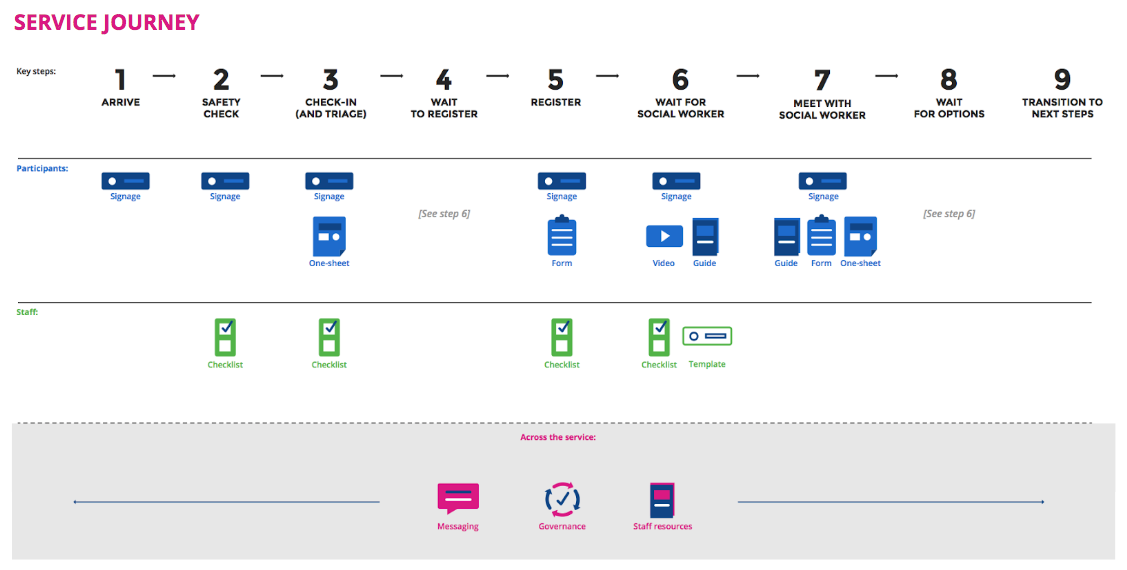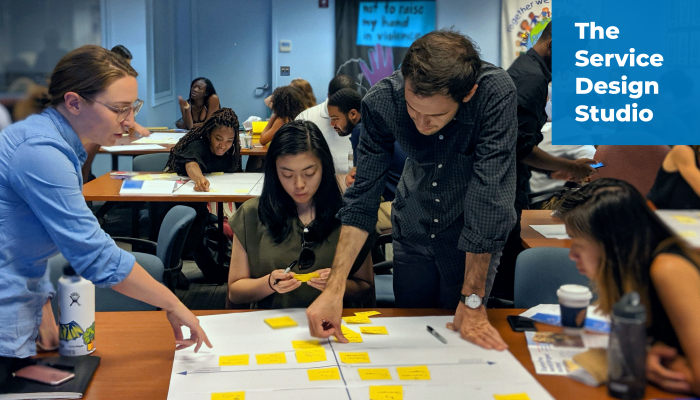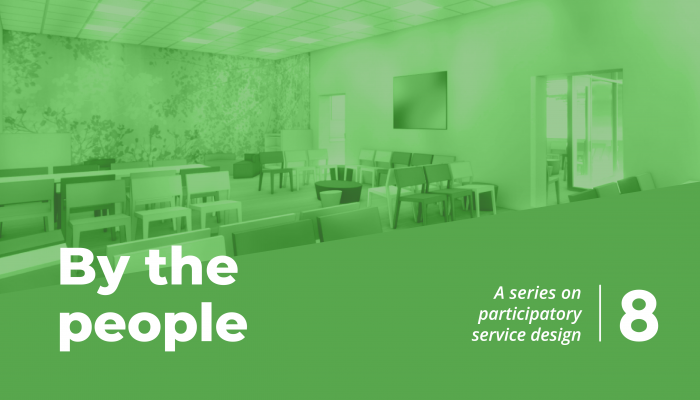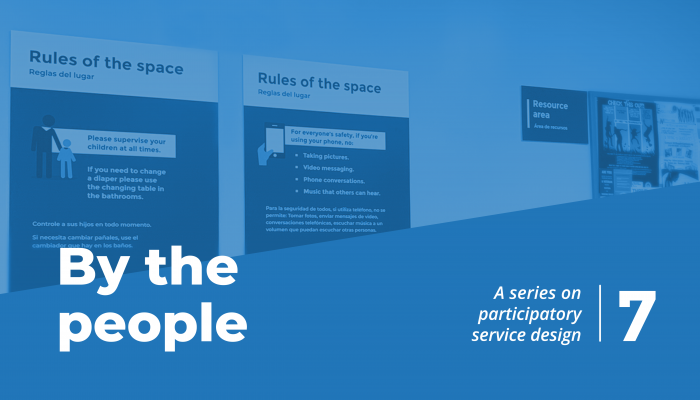This post is part of a series called By the people. It explores how the Office of Homeless Services (OHS) and the Office of Open Data & Digital Transformation (ODDT) are using participatory service design methods to improve the City’s homeless prevention, diversion, and intake services. If you’re new to the series, begin with our first post.
Each year, the City of Philadelphia’s Office of Homeless Services (OHS) helps thousands of people. From providing emergency shelter to helping residents avoid eviction, OHS offers a critical safety net for at-risk Philadelphians.
For those in OHS’s Prevention, Diversion, and Intake services, being able to give people accurate, clear information is a vital service in and of itself. This is especially challenging because many OHS participants are in moments of crisis and have experienced trauma. That can make it difficult for them to absorb and process new information.
As content strategists, we were eager to help OHS strengthen their approach to offering trauma-informed “information as a service.”
The challenge
OHS access points can often be busy, crowded places. There’s a set procedure for signing in, waiting, and meeting with a staff member. Throughout the process, participants have questions.
- “Am I in the right place?”
- “What do I do first?”
- “What happens when I meet with a staff person?”
OHS wanted to create more effective communications that would answer these questions and reduce anxiety for participants. They also wanted to make sure that the information looked and sounded consistent across all the OHS access points, and that it accurately reflected the process. Finally, OHS needed materials that supported staff in their work.
The solution
As part of the larger team at the Office of Open Data and Digital Transformation (ODDT), we joined the project to help OHS address their communication needs. We worked closely with the PHL Participatory Design Lab’s service design team to do this work.
Our solution? Create a content strategy to support the prevention, diversion, and intake services at OHS.
A content strategy is simply a system to communicate the right information, at the right time, through the right channel. In our case, we needed to create a content strategy that supported trauma-informed best practices and that presented realistic options that OHS could act upon. We also needed to make sure that content stayed consistent across channels and throughout the service experience.
Our process
Creating a content strategy begins with understanding the real needs of all those involved with a service. To do that we:
- Interviewed staff to understand where, when, and how they communicated with participants.
- Gathered close to 100 artifacts—from signs and handouts to forms and brochures—that OHS used each day.
- Reviewed all content to see if it was accessible, actionable, and trauma-informed.
- Assessed and scored the content on a scale of 1–4 against each of the three measures.
- Presented our findings to key OHS staff members so they could understand how we arrived at our decisions.
Using what we learned, we developed a content strategy centered on these three pillars:
From there, we recommended ways to make the existing signs, forms, and even outgoing phone messages more helpful and trauma-informed. We also made sure that our recommendations supported the service experience across different communication channels. That included printed materials, spoken directions, and digital communications.
We took these recommendations and divided them into two categories:
- Larger projects that OHS could tackle over time. These projects included a large-scale signage campaign, brochures, handbooks, and trauma-informed care kits for staff.
- Smaller projects that OHS could begin right away. These were “quick wins” that would provide significant impact in a short amount of time.
Finally, we handed some quick wins off to OHS and to another writer on our team for implementation.
We were so glad to support the important work being done by OHS and the PHL Participatory Design Lab. The next post will talk more about those quick wins and how our strategy was translated into trauma-informed project work.

